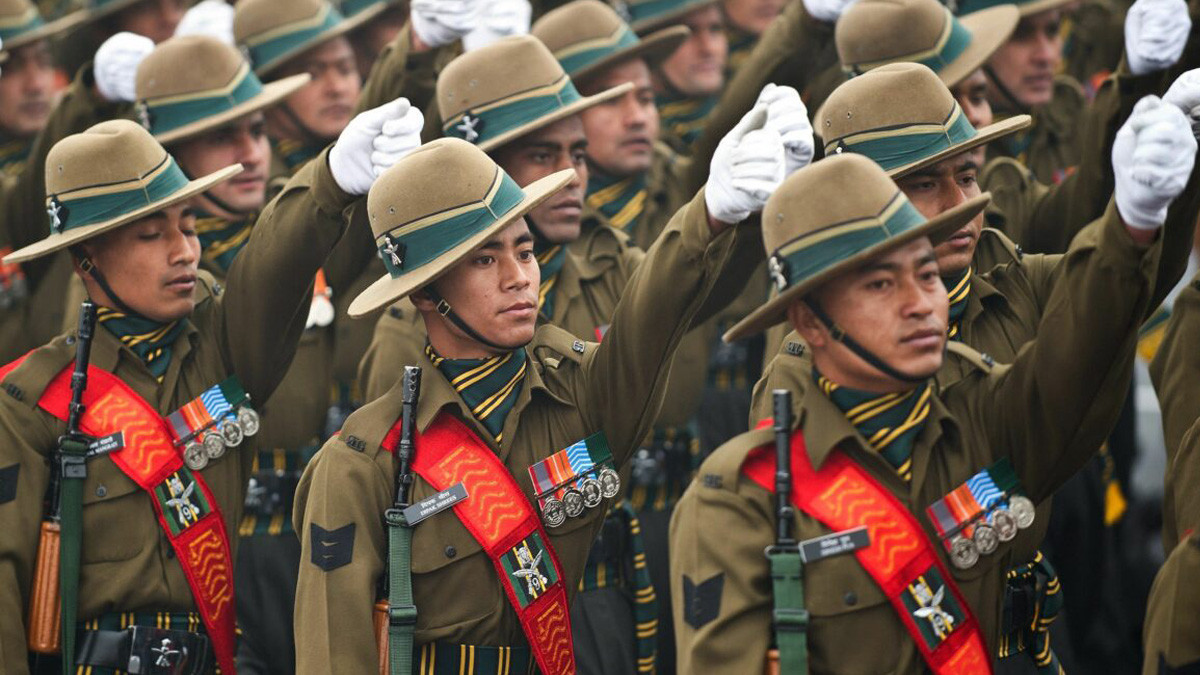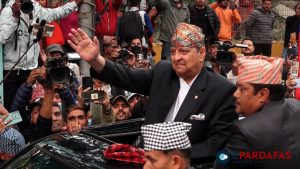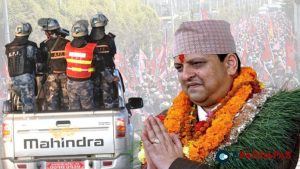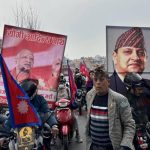
Nepal therefore suspended the recruitment of Nepalis in the Indian Army under the Agneepath scheme

The recruitment process of Nepali youths into the Indian Army has been suspended.
The Nepal government conveyed to the Indian government that Nepali youth recruitment in the Indian Army had been suspended until it is made clear about the “Agneepath” scheme implemented by India to recruit soldiers.
Foreign Minister Narayan Khadka on Wednesday met and discussed the issue with the Indian Ambassador to Kathmandu, Naveen Srivastava.
Minister Khadka made it clear to the Indian side that Nepalis will not be recruited immediately as there was no clarity about “Agneepath”.
Minister Khadka said, “If Nepalis are to be recruited only for four years and not given a pension, we should discuss this matter with the political parties and all concerned.”
Similarly, Former Foreign Minister and opposition CPN-UML leader Pradeep Gyawali opine in Indian media that India should have consulted Nepal before bringing in these changes. “We have serious concern for the future of the 75% of the recruits who will become jobless after being trained in military combat. Prospects of having such young men who will remain unemployed despite being well trained in military combat are causing deep worries in Nepal which has emerged from a decade-long civil conflict.
In the first week of last June, India introduced a new scheme called Agneepath for new recruits in the military. Youths between the ages of 17 and a half to 23 years can be recruited under the Agneepath scheme. According to this scheme, the recruits will be allowed to serve only for 4 years. Only a few would then be employed as full-time soldiers while the rest would be sent home. They will not get a pension facility.
Likewise, on Monday, there was a meeting of the International Relations Committee (IRC) of the House of Representatives called to discuss the Indian Army’s Agneepath scheme to recruit Nepali youths.
However, the meeting was postponed.
The IRC had summoned Foreign Minister Dr. Narayan Khadka for discussion in the meeting, however, the minister abstained from the meeting.
Only seven members of the total 25-strong IRC appeared for the meeting, thereby making the quorum insufficient.
The quorum for the meeting was insufficient as members of the CPN-Unified Socialist were busy celebrating the party’s founding day and the members of the UML had a Politburo meeting.
IRC Chairperson Pabitra Niraula Kharel said that the meeting had been postponed until further notice.
Moreover, Amid the confusion, the Ministry of External Affairs (MEA) of India on Thursday said that the Indian Army will continue to recruit Nepal Domicile Gurkhas (NDGs) under the Agnipath scheme.
The spokesperson at India’s Ministry of External Affairs, Arindam Bagchi said at a regular press conference that India will recruit Gurkha soldiers under the Agnipath scheme.
It is understood the issue would be taken up by the Nepalese authorities during the upcoming visit by Indian Army Chief General Manoj Pandey to Kathmandu.
Tripartite agreement
Recruitment of Gurkha soldiers from Nepal into India’s Army has been governed by the Tripartite Agreement of 1947 under which Indian and British forces recruited Gurkha soldiers over the past 75 years. The Agnipath scheme, which is now the only mode of recruitment of soldiers into the Indian military, also applies to the Gurkhas. This short stint and the lack of pension are the main issues that the Nepalese authorities are expected to raise when General Pandey visits Kathmandu on September 4.
History of the Gurkhas in the Indian Army
According to the tri-party agreement signed between Nepal, India, and Britain during India’s independence, the Indian Army has been recruiting Nepali soldiers. Currently, the Gurkha Regiment recruits soldiers in seven regiments from India and Nepal for 43 battalions of the Indian Army. The regiments are (1st, 3rd, 4th, 5th, 8th, 9th, and 11th).
As noted by The Print, the Gurkha Regiment comprises 60 percent Nepali Gurkhas and the rest are Indian Gurkhas.
According to Indian media The Indian Express, India recruits around 1,400 soldiers into the Gurkha regiment annually. Similarly, 32,000 to 35,000 Nepalese soldiers are serving in the Indian Army. The number of Indian Army retirees in Nepal is 1.32 lakh.
Agneepath Scheme
As announced on 14 June, the Agneepath scheme initially called for the recruitment of youth from the age group of 17.5 to 21 years into the Indian Army for four years only. Only 25 percent of the youths enrolled in this scheme will be given jobs for more than 15 years.
There became a nationwide movement in India after the scheme was announced and reflecting the spirit of the movement, the Center has kept the age limit for recruitment up to 23 years. The officers to be recruited under this new scheme will be called Agniveer.












Comments